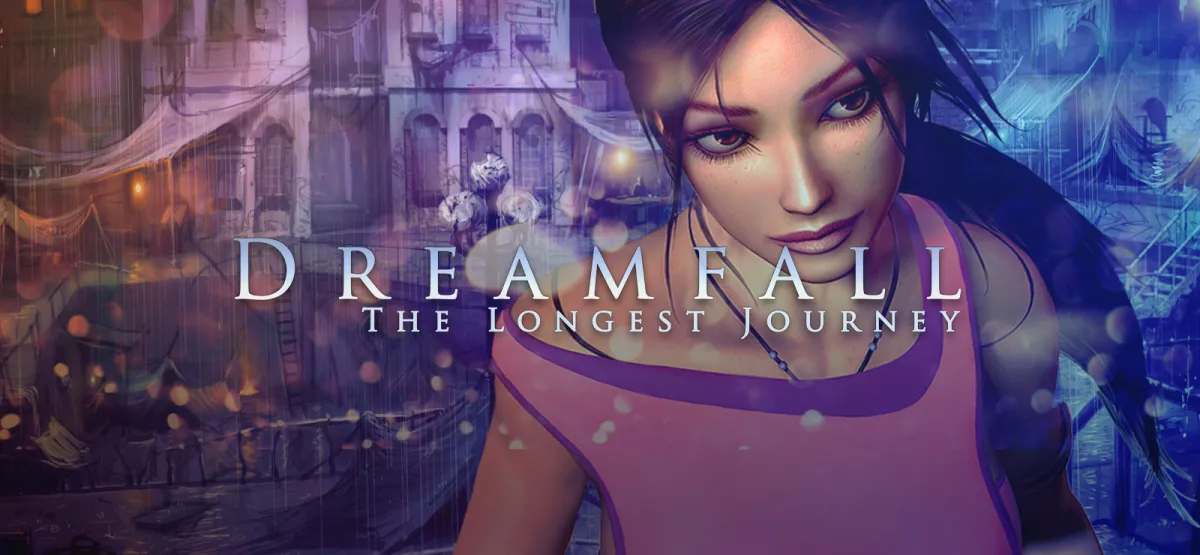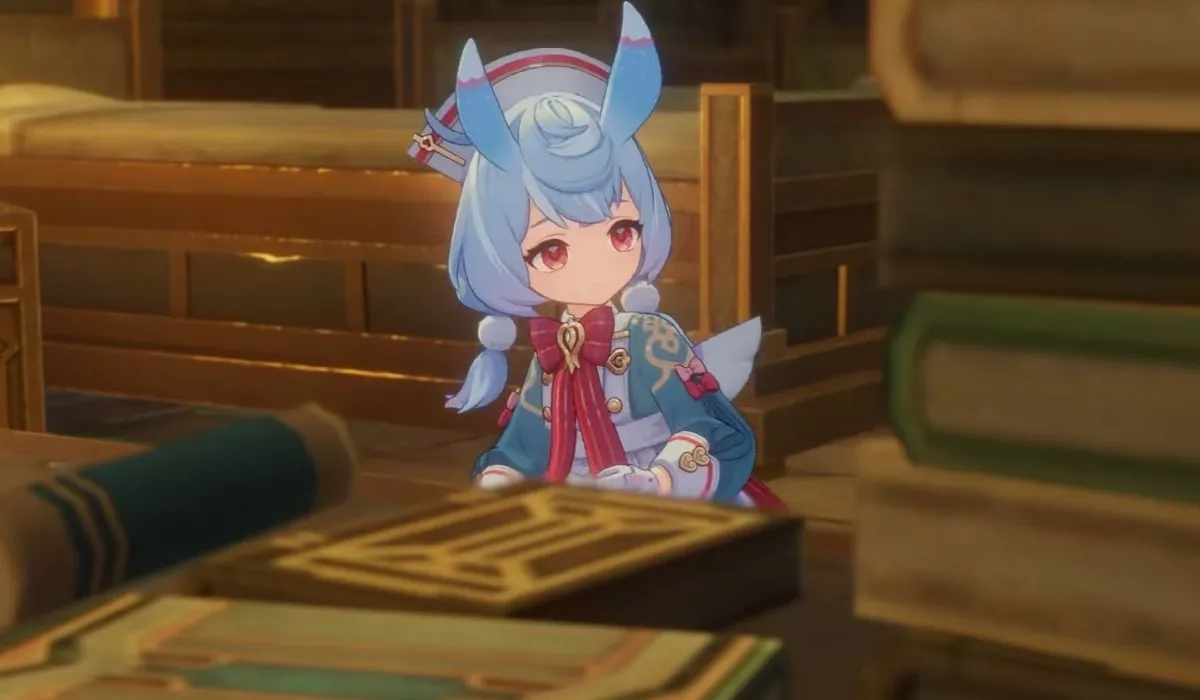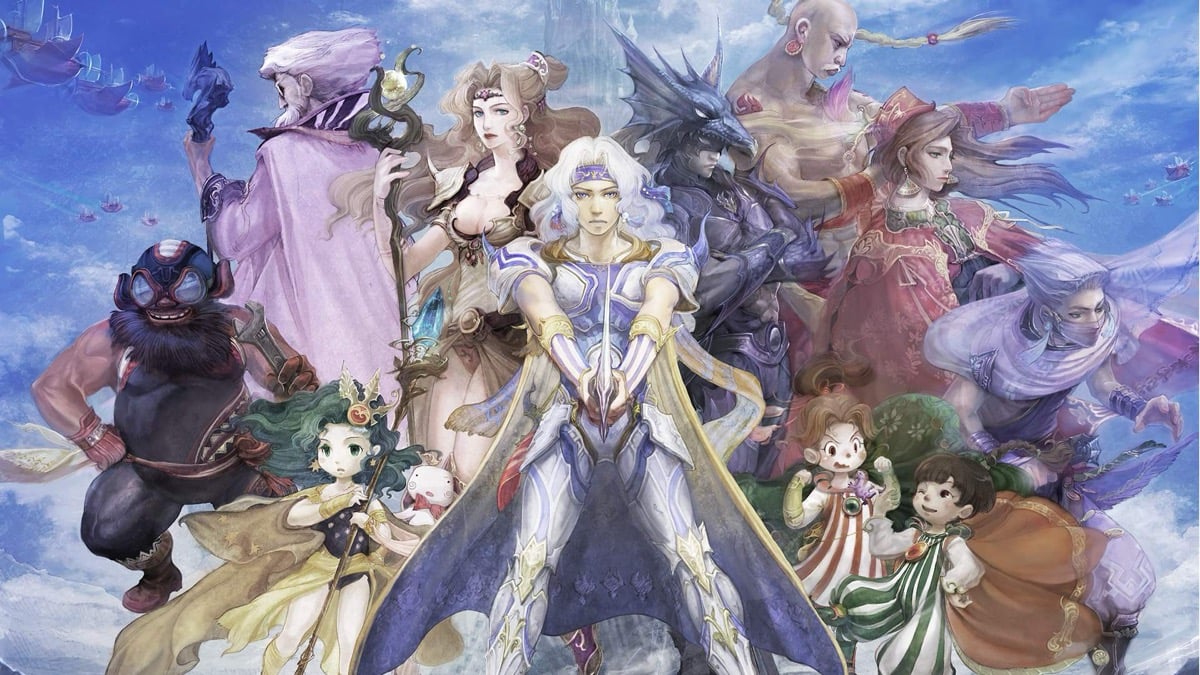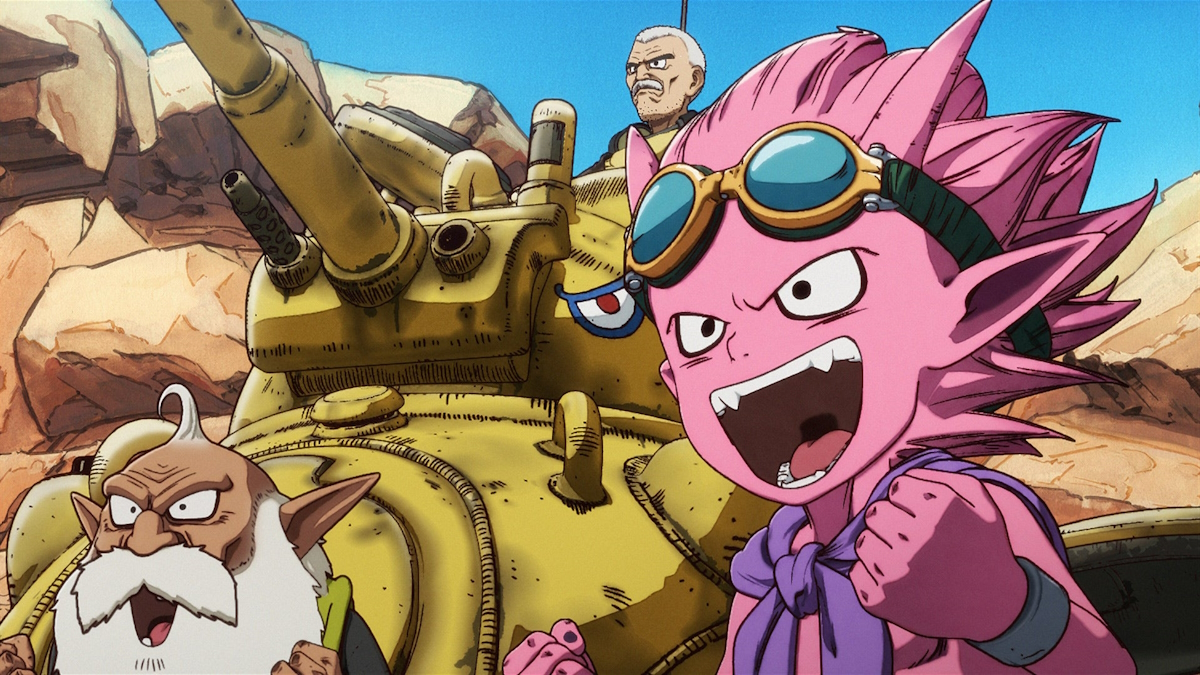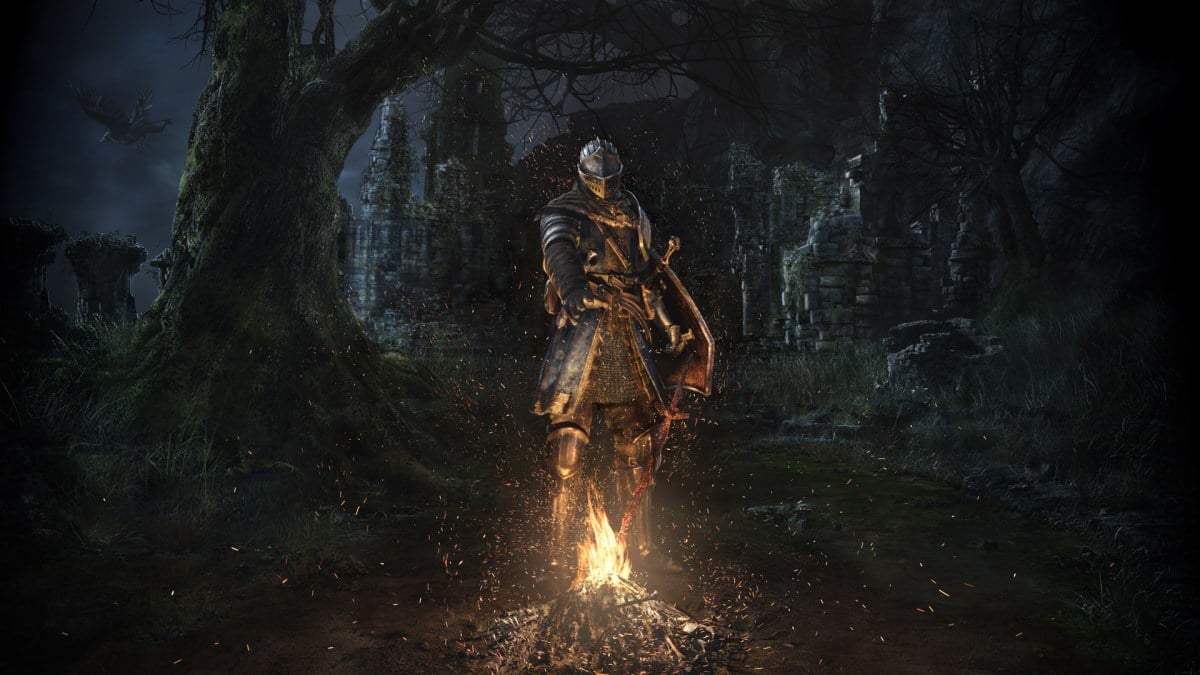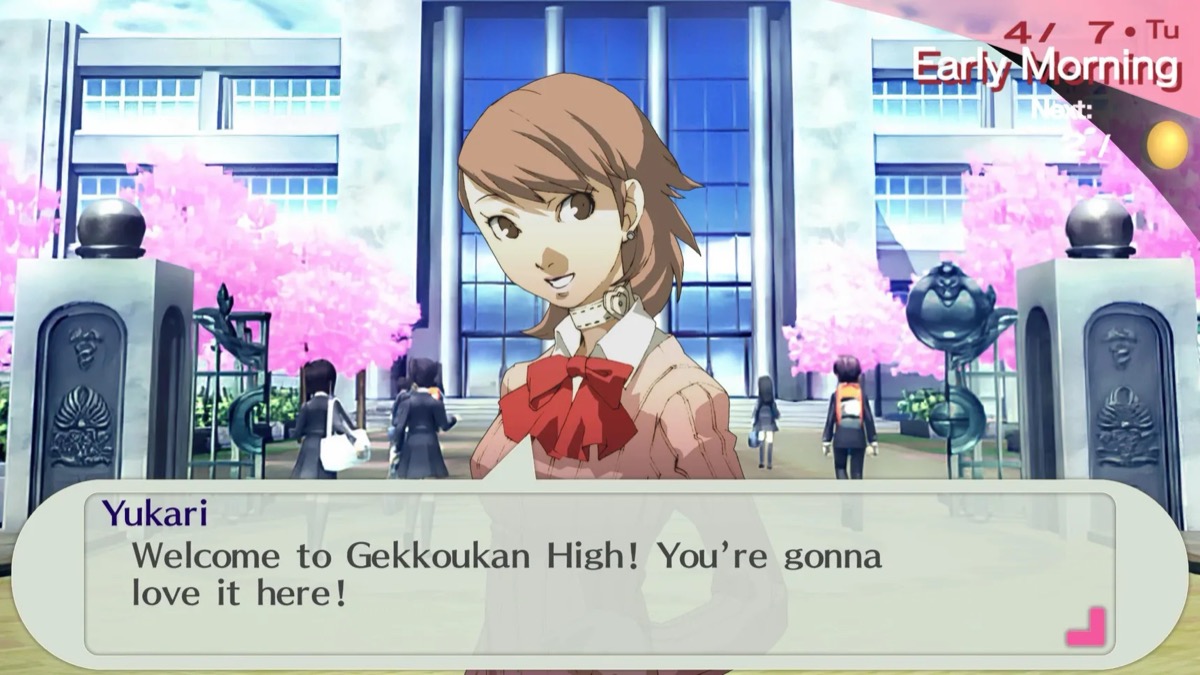Despite being a huge fan of the old point-and-click adventure game, The Longest Journey, I let its sequel Dreamfall: The Longest Journey sit in my Steam library for years. There’s no real reason for it; it’s kind of like when you go to the bookstore and get a lot of really good books, but they end up just collecting dust for a while. But when I finally gave it a shot recently, I ended up loving it even more than the original.
In fact, I’d say it’s probably going in my top ten favorite games. There’s so much richness in this game, from its handling of setting and tone (it’s not easy to strike a balance between fantasy and sci-fi, yet the game does so in spades), to the way it portrays its central characters. (Zoe and April are wedged firmly in my heart, for sure.) Of course, a game as old as this isn’t without its faults, but most of them are little things I can look over.
…Most of them. All but one, really.
There’s one glaring little flaw I physically choked at when I saw it. It happens when you bring Zoe to Venice so she can uncover the truth behind April Ryan, and in the process, she meets a Chinese vendor on the streets. But he wasn’t just any Chinese vendor. He was a Chinese vendor from 2006.
Y’all…I was shocked. It’s been so long since I’ve seen any Sixteen Candles-style racism, yet there it was. Let’s see: Outfit, check. Facial hair, check. Unfathomably caricatured accent, checkity check. And of course, he’s a “slimy Chinese street salesman” while the Japanese characters are depicted with “class” and “elegance.” An orientalist tale as old as time.
It’s a lot to take in, and it definitely caught me by surprise, considering this is a franchise that prides itself on being progressive for its time. Most of the game is absolutely laden with radical political undertones and it makes an honest effort to be diverse and inclusive. Except, apparently, when it comes to Asian people.
However, it wasn’t the first to handle its Asian characters so poorly. There was another game released around the same time that did the same exact thing, and to an even more egregious degree.
Vampire the Asian Masquerade
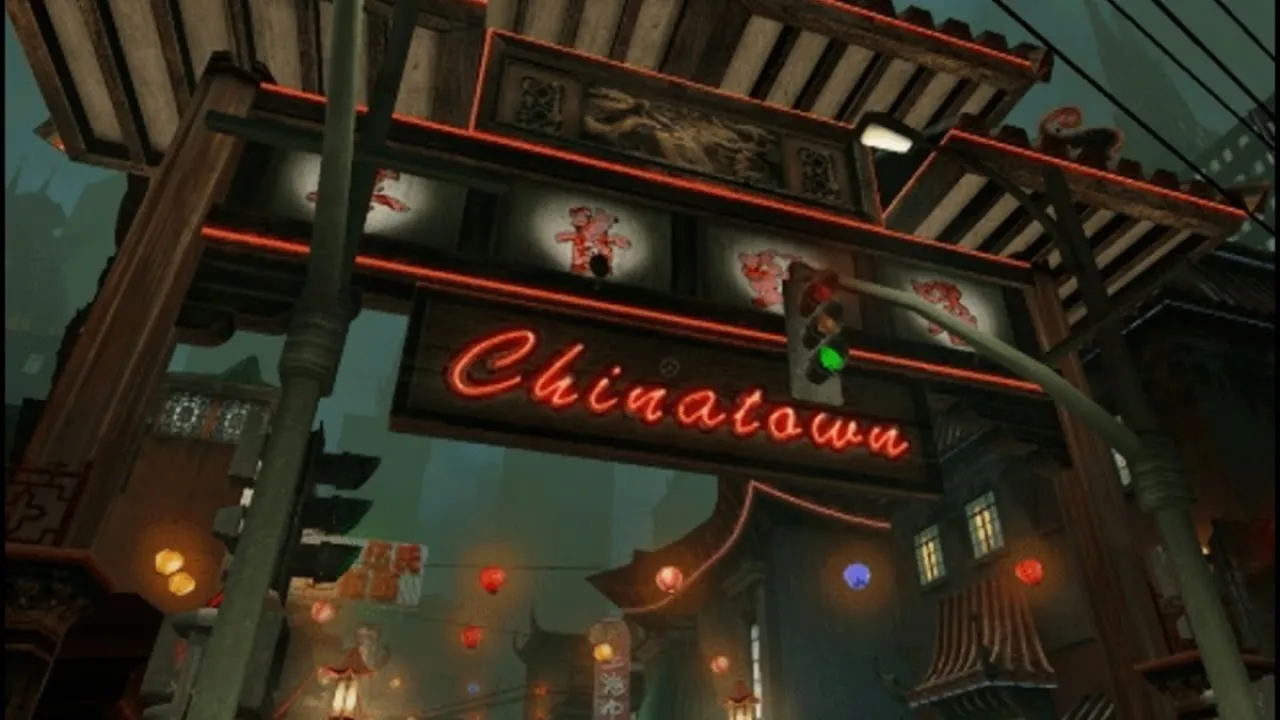
I was first introduced to Bloodlines a couple of years ago, when the trailer for the forgotten sequel was released. I gave it a shot and, predictably, loved it, as most people who play it do. The game is cordoned off into different “level zones,” by way of bringing you, a fledgling vampire, to different parts of Los Angeles. Each part is as seedy and nasty as I, a born and raised Angelino, have come to expect, and I loved it.
But wow, Chinatown. They, uh. They really did something else with Chinatown.
It’s difficult to find clips of what I want to show you, so I’ll just give you a visual. You enter Chinatown, Downtown Los Angeles, and it’s ostensibly one of the smallest zones, but packed with a lot of character. Too much character, if you ask me. Nearly every person you talk to has the same sort of loud, stilted, clearly-not-an-actual-Chinese-person Chinese accent booming at you, with all these promises of deals, deals, deals, totally legit, not shady at all, you buy at discount, etc. etc. It’s gnarly. Yet even so, I tried, as a Chinese person, to put it behind me, for two reasons.
The first is, being Asian is awkward, since we occupy a weird place in the Western racial map. We experience our own forms of colorism, yet we aren’t always considered “people of color” because of the Model Minority myth. (If you’ve read my pieces before, you’re probably sick of hearing about the Model Minority myth, so I’ll just implore that you do your own research on that one.) It can even feel as though we have no right to call out Asian racism, since many don’t even believe that such a thing exists.
Then there’s the second reason: VTMB is a game with a lot of humor going on, and it takes the piss out of everyone Therefore, it can feel unnecessary to nitpick, especially since Asian characters are given a whole zone in the game, while other POC are more or less dispersed.
The thing is … yeah, it’s a whole zone, with the Kuei Jin and Ming Xiao doing some really cool shit at the helm of it. But also consider, it’s a whole zone that’s rife with this weird, orientalist shit. Game devs will see Asian aesthetics and think, Hey, I want that in my game!, without thinking beyond the surface-level implications, and that’s what ended up happening here.
As a result, those surface level implications ended up creating their own levels of stereotyping. On the one end of Chinatown, you have the aforementioned Kuei Jin: a “Far East” clan of vampires who are powerful beyond measure, led by a super-sexy femme fatale, Ming Xiao (wow, how original, Kill Bil—I mean, Vampire The Masquerade). Then, on the other end of Chinatown, you have the sleazy salesmen who dole out guns and fortunes for cheap. But you can’t forget about the middle of Chinatown, either, where a Japanese schoolgirl—with light eyes and a miniskirt, to boot—is trying to root out some pesky yokai to avenge her sensei.
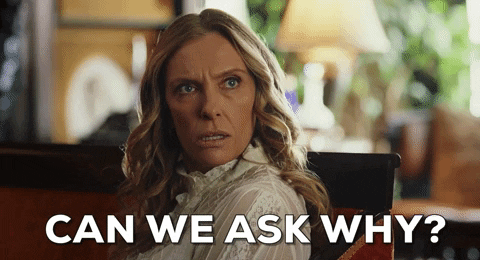
Yes you can, Toni Collette, you can certainly ask why.
Asian Futures Without Asians
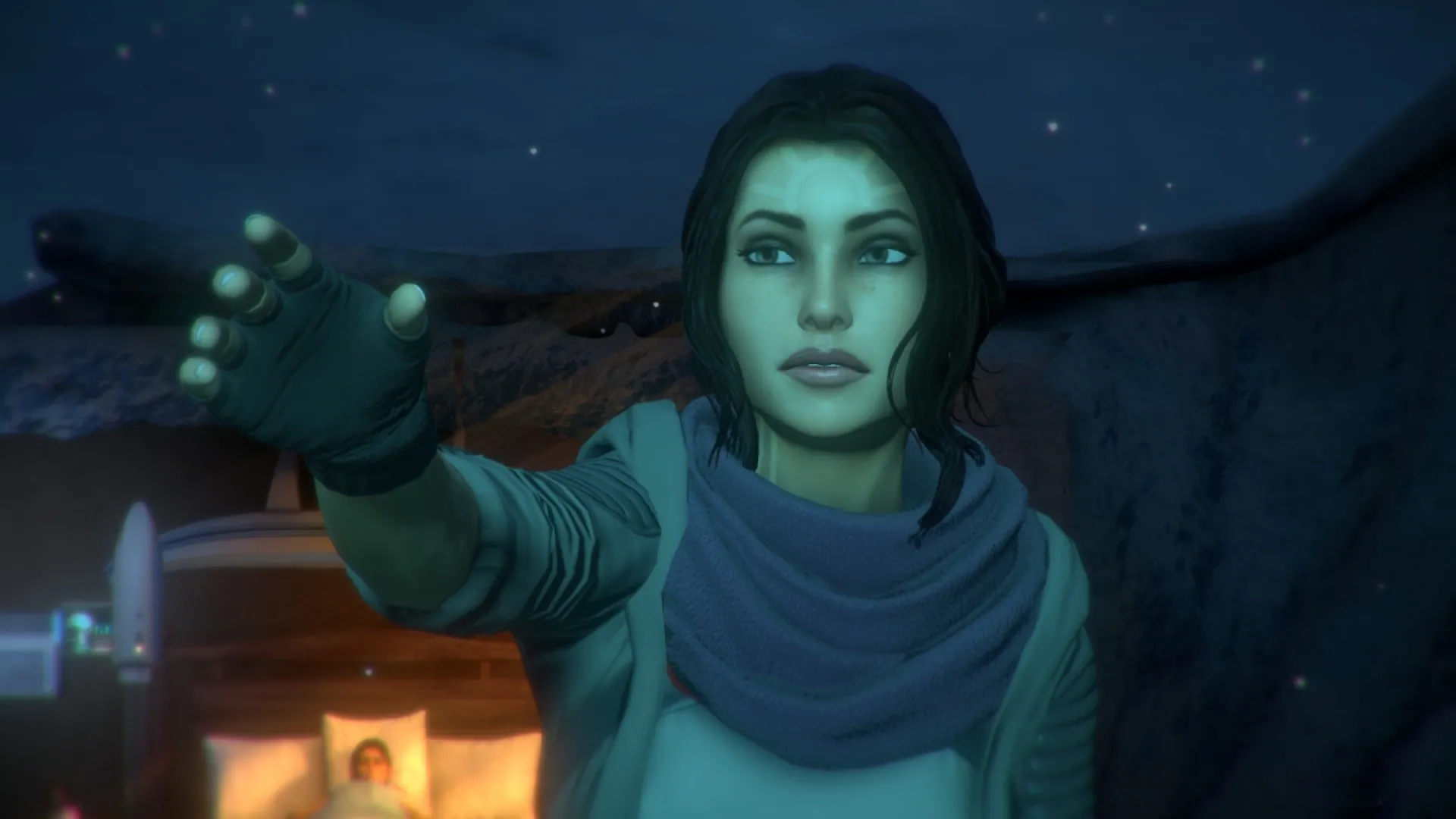
Our Books Editor, Alyssa Shotwell, recently turned my attention towards Astria Suparak, an artist and curator who’s currently got a multimedia exhibition going on called “Asian Futures Without Asians.” It’s a project that analyzes popular pieces of media, most notably Blade Runner, that utilize Asian aesthetics to a gross degree without putting Asians anywhere remotely important in their stories. The buildings are Asian, the crowds are dense, dirty, and Asian, and the sex, drugs, and fashion are Asian to a T. But the protagonists? Dream on, cowboy.
An important thing to note here, which Astria expresses with both humor and anger, is the fact that the precipitators of this kind of cultural orientalism are never Asian themselves. They’re almost like delayed colonists, channeling the spirit of their seafaring ancestors who sailed to the East and thought, “Damn, that’s odd.” Except there’s no real excuse for this kind of stereotyping anymore, since we live in a globalized world, libraries are free, and while traveling is expensive, nothing is stopping you from walking through a city and getting a good, honest look at the people who live there.
The unfortunate thing about video games, though, is the fact that there’s nothing explicitly requiring them to globalize within themselves, even though they’re the perfect platform with which to do so. Combine this with the fact that lots of people still think Asian racism isn’t real, and suddenly, you have rife opportunities to molest a culture that isn’t yours with base humor and overt slobbering.
I loved Dreamfall, and was fairly satisfied upon completing it. But it saddens me that even in a game that touted itself as a progressively political piece of media, it still stooped to a certain level regarding its representation. The Chinese salesman was only one part of it, albeit the most glaring part. Of course the hyper-secretive and high-tech corporate bad guys are stationed in Japan, which also happens to be the cleanest and coldest zone in the game. For such an imaginative game, you’d think they would have steered away from the “Japan-mystical” trope. Maybe put the evil corporation in, I dunno, Toronto or some shit for a change.
What especially boggles the mind is one of the protagonists, Zoe Castillo, is herself half-Asian. But we don’t even learn this until the end of the game, when it’s only vaguely alluded to. And considering one of the things people always notice about Zoe is that she’s pretty, yet her Asianness remains undiscussed aside from her looks … Oh, god, barf. This just opens a whole can of worms about how mixed-Asian girls are fetishized while denying their heritage, but I’ve already covered that before, and I’ve also had to live through it, so I’d rather just barf privately in my paper bag and continue on.
I’m Commander Shepard, And This Is My Favorite Game Of The 2000s
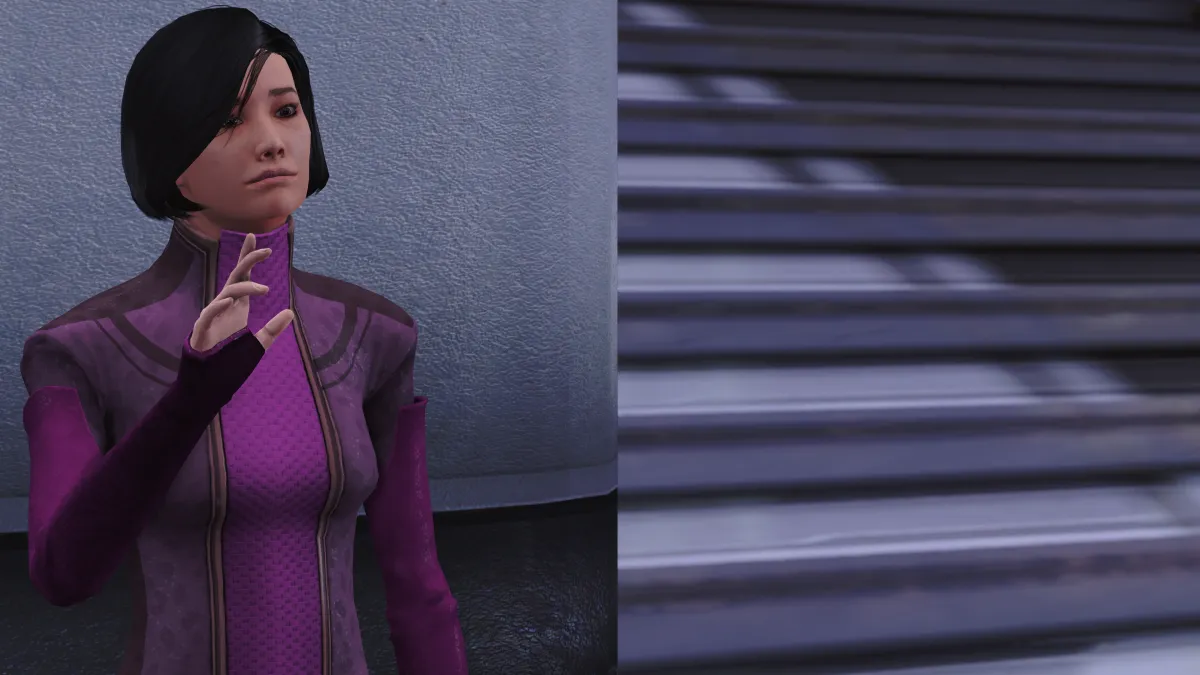
So Bloodlines came out in 2004, and Dreamfall came out in 2006. Only one year later, the first Mass Effect comes out, and although it had all sorts of opportunities to be weird about race, since it was a futuristic sci-fi story (which, as we’ve covered, really love orientalism), I didn’t encounter a single uncomfy moment. I mean, sure, the “Parasini-san” voice acting was a little off, but it didn’t strike me as necessarily being in poor taste.
If anything, I was really pleasantly surprised to find that, between the two major reporters in the game, the nice one that we root for was Emily Wong—hell yeah, we got a Wong! Y’all don’t know how tiring it is to always be fed media that makes East Asian women complete and utter bitches, which is yet another stereotype, the “mean and beautiful Asian girl.” Emily Wong was such a welcome change. She was just a normal girl, hot on the scoop, and every interaction with her was so refreshingly pleasant.
But in Mass Effect, she’s just one of many positive examples of Asian representation. We also get Kasumi Goto, who’s a total gremlin and deliberately de-sexualized, and I love her for that. And I’m fairly certain that Kaidan Alenko, my current favorite space boyfriend (whose title is always threatened by either Garrus, Thane, or Jack), is half-Singaporean, which made for a very apt coupling with my half-Asian Shepard. And that’s just scratching the surface, there’s so many more examples of positive representation that I could get to in this one franchise alone.
I point this out because it’s actually a lot easier to just write us as normal-ass people than to go down the stereotyping route, which Mass Effect fully proves. I understand that the culture has shifted a lot since the 2000s, and that the creators of those iffier games may or may not be mortified by what they might have subconsciously done. But I still feel the need to point it out, because it’s not like things have changed that much.
It still took me years to even believe that Asian narratives were worth talking about, since I was convinced that we weren’t even real people of color. Since coming out of that mindset, I do still see some subtle orientalism in modern games, although I mostly see positive changes on the horizon. Life is Strange: True Colors did a great job with its Asian protagonist, Alex Chen, who felt like a real person with her own traits and connections to her heritage, as opposed to a caricature. And then there’s Baldur’s Gate 3, with a plethora of Asian options in the character creator to host one of the most diverse, thought-out worlds in modern fantasy gaming.
But, still, there’s quite a ways to go. Many people are still overtly greedy and horny when it comes to Asian cultures and motifs, wanting the designs and aesthetics, the images sold through postwar propaganda, and a steady diet of globalized pop-culture. I’ve found that pointing out the things that bother me and my friends and family only leads to ridicule—sometimes from other Asians, who seem content to believe that nothing’s wrong. Even worse is when people forget that “Asian” extends beyond East Asia, and entire other demographics get left out of a dialogue that sorely needs to be had.
So, look. I don’t bring all of this up to be a buzzkill. Dreamfall and Bloodlines are great games and always will be. But if we don’t bring up the mistakes of the past, recontextualized through a modern lens, then the way forward will be muddier, and harder, and a whole lot lonelier. And instead of being a smartass, waving around your Asian Studies degree or showing off pictures of your Asian girlfriend, gamers could choose to actually try to allies and, at the very least, pay attention to these things when they pop up. This especially applies to creators, I’m begging you: just be normal, for godsakes.
(Featured Image: Funcom)



